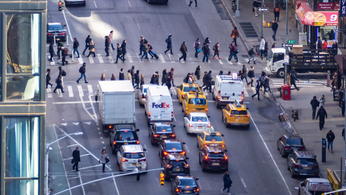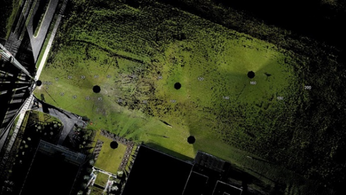
How Apple's New Spatial Camera Works
Apple's iPhone 15 Pro introduces what they have called a "spatial camera", leveraging the power of LiDAR technology to redefine 3D video capture.
In the ever-evolving realm of smartphone photography, Apple's iPhone 15 Pro has carved a niche of its own. The introduction of the spatial camera isn't merely an upgrade; it's a revolution, signaling the dawn of spatial video capture. Central to this groundbreaking feature is the LiDAR sensor, a marvel that's been transforming industries, from self-driving cars to unearthing ancient relics.
Now, imagine this prowess packed into our smartphones. That's precisely what Apple has implemented into its camera system. The LiDAR scanner in the iPhone emits swift light beams, which, upon reflecting off objects, return to the source. The time taken for this round trip allows the iPhone to craft an intricate depth map of its surroundings.
This is where the magic unfolds. The LiDAR scanner and the camera system of the iPhone, especially in the latest Pro models, work in perfect harmony. While the camera lenses focus on visual data, LiDAR dives into depth perception. This synergy deciphers the spatial dynamics of objects, understanding their relative distances.
Spatial video recording leverages this depth data. The iPhone, with this capability, doesn't just capture 3D visuals in the conventional pop-out style. It delves deeper, comprehending the environment in its three-dimensional entirety. This offers viewers, especially those using AR or VR devices, a richer, more immersive experience.
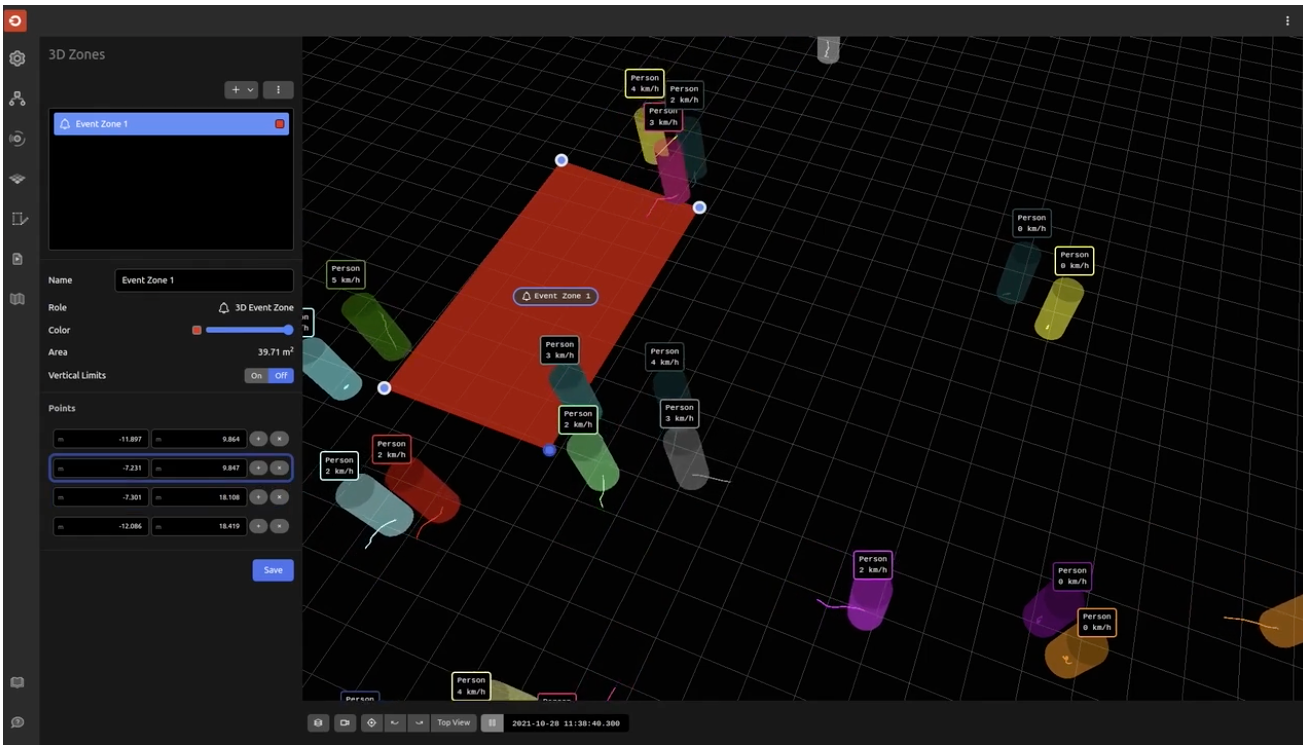
What truly sets the iPhone's spatial video apart is the seamless integration of the LiDAR sensor and the camera system. It's a journey beyond mere visual capture; it's about grasping the intricate depth and spatial interplay of the environment. This heralds a fresh chapter in video content.
The iPhone 15 Pro's camera system, bolstered by LiDAR, is a testament to Apple's vision. Equipped with optical image stabilization and a trio of versatile lenses, it's a camera for every moment. Under the hood, what Apple calls its Photonic Engine supercharges the camera, amplifying its low-light prowess and ensuring a seamless LiDAR integration. Resulting in crisp, lifelike images.
Apple's camera system is not merely about capturing moments; it's about living them. The spatial videos, enriched by LiDAR, beckon a truly immersive experience, especially when paired with the Apple Vision Pro headset. This isn't a mere advancement; it's a quantum leap in videography, as we separate ourselves from 3D video to Spatial Videography.
This system will push forward the transition from 3D into Spatial videography. The difference being that with 3D and VR180 videos, the viewing angle remains static, no matter your viewing approach. Consider this: if you had two rods, one positioned behind the other, and you captured them in a 3D or VR180 format, the rear rod would remain hidden, even if you shifted your gaze sideways.
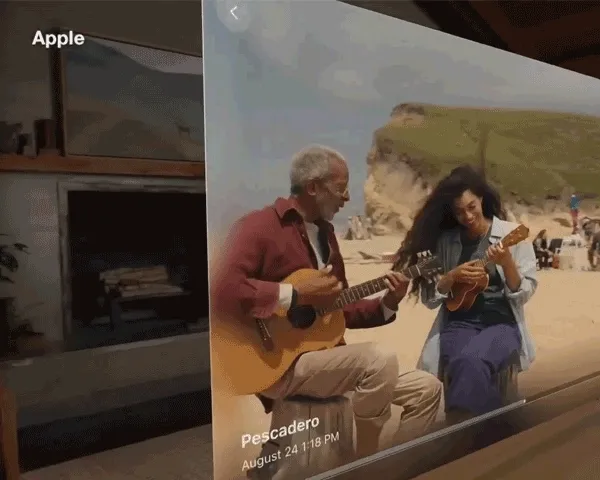
Observe the animation: the guitar headstock intermittently hides the woman in certain frames but is fully visible in a direct view. Likewise, the woman's position relative to the distant cliff shifts based on the viewing angle. Such dynamic perspective shifts are beyond the capabilities of traditional 3D and VR180 videos.
In essence, the iPhone 15 Pro's spatial camera, fortified with LiDAR technology, has redrawn the boundaries of spatial videography. It's a voyage beyond capturing reality; it's about sculpting it anew. As tech horizons expand, the demarcation between the real and the virtual fades.
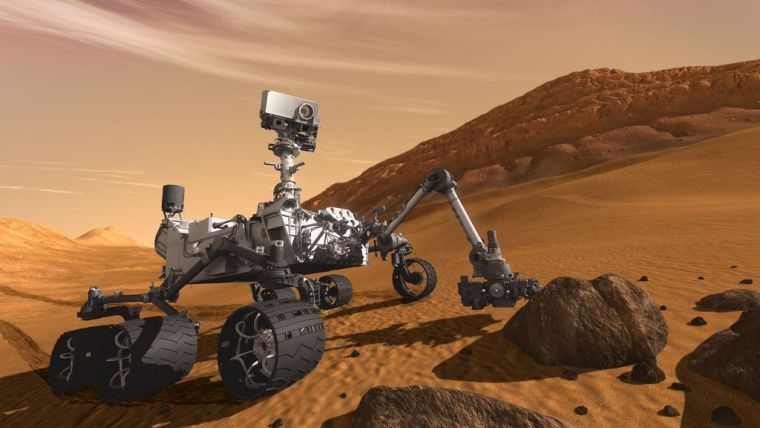
Innovations like the spatial camera edge us closer to a future where our digital escapades resonate as vividly as our tangible experiences. Apple's iPhone 15 Pro, with its spatial camera, epitomizes this evolution, blending cutting-edge hardware with software finesse, underscoring Apple's unwavering dedication to innovation.
LiDAR INSIGHTER Newsletter
Join the newsletter to receive the latest updates in your inbox.




